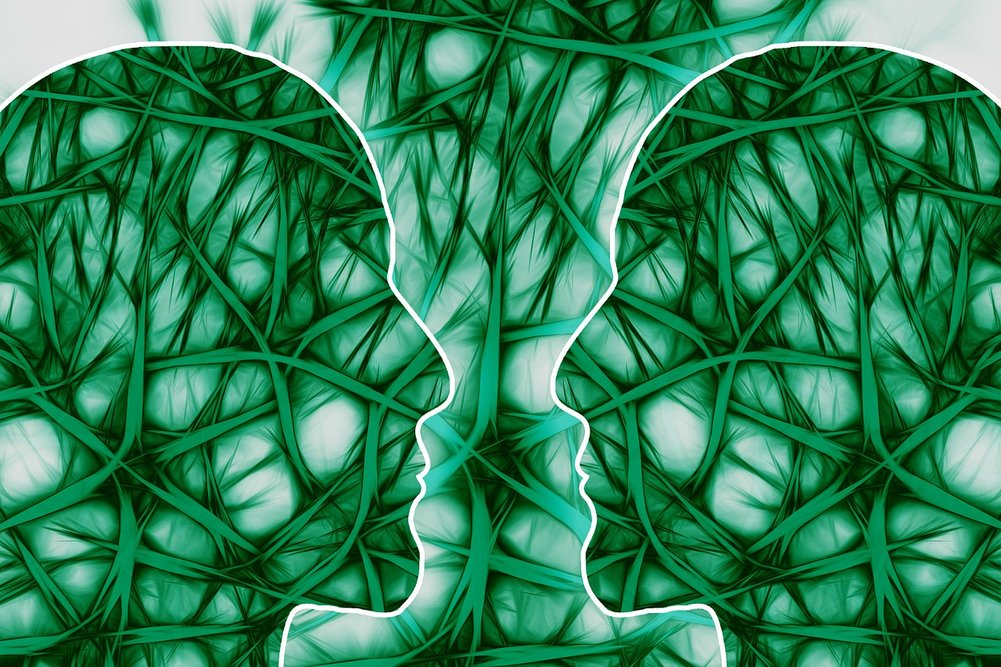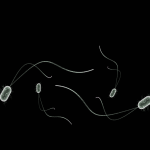Perhaps one of the most interesting parts of an organism to study is its brain, as it can be thought to be at the core of identity. The brain allows for complex functions such as memory and associations to exist. Evolutionarily, this has allowed for social interactions to form the basis of groups and eventually allow for large numbers of individuals to live together in communities.
In humans, many of the social aspects of society may be linked to human behavior and perception. Scientists have studied the psychology of groups and the evolutionary benefits of belonging in a group. The biological basis of social phenomena, however, is less well studied. Researchers are now focusing on specific areas of the brain that may have implications for social behaviors and interactions, sometimes in a political context.
The role of the amygdala
Studies have found the amygdala may be important for understanding humans’ social behavior and social status. For instance, gray matter volume may be positively associated with social status in macaques, and in both humans and macaques volume may be indicative of the size of social networks.
A study conducted by Kanai et al. in the United Kingdom asked whether political orientation was correlated with brain structure in young adults attending University College London (Kanai et al., 2011). Through structural magnetic resonance imaging (MRI) scans, they found that larger volume of grey matter in the anterior cingulate cortex was correlated with more liberal orientations. In contrast, larger volume of grey matter in the right amygdala was associated with more conservative orientations. (These political orientations were, however, self-reported orientations. Future research could do more in-depth analysis into where along the liberal-conservative spectrum the individuals may lie.)
Other research groups have further investigated these relationships through studies that focus on specific social constructs such as hierarchy, belief systems, and political alignment. Nam et al. took brain scans of a group of humans while also surveying their level of system justification (Nam et al., 2018). System justification is a term that represents psychological orientation along a spectrum in which individuals may favor the existing social, economic, or political status quo.
Participants in these studies also underwent structural MRI scans. They found a positive relationship between bilateral amygdala volume and system justification in one study and confirmed this relationship in a second study. This suggests that individuals that had higher amygdala volume also had a higher level of system justification.
The researchers wanted to see if the correlation was not driven just by members who benefited from the status quo, and if the amygdala volume could predict political activity aimed at changing the status quo. They found that the same processes seem to be affecting system justifying preferences in disadvantaged groups. They also found that individuals with higher amygdala volume were less likely to engage in protests movements in the 3 year period following their brain scan.
Related areas of research
Research in this area also includes exploration of psychology, including the effects of drugs and the impact of knowledge to change perceptions. A study of drug use in patients with treatment-resistant depression shows that usage of psilocybin may alter attitudes and beliefs that could be related to political orientations, specifically nature relatedness and authoritarianism (Lyons and Carhart-Harris, 2018). Another study suggests that knowledge of shared and unshared values between liberal and conservative individuals may change how much an individual trusts an anonymous person (Mansell, 2018). Democrats were shown to increase trust with knowledge of shared values, while knowledge of unshared values led Republicans to decrease trust.
Implications and potential future research
One of the goals of this field may be to understand how humans perceive themselves and others within a social system. Studies that can shed light on how orientations and belief systems are formed, manifested, and change may give insight into why certain issues create fissures in social groups. Although this may be a sensitive area to navigate because of the political implications, these may be some of the few lines of research that may lead to evidence supported insights on political belief systems and how people within them behave and interact.
Future research may aim to better understand the biological structures and processes that underlie social and political preferences. This will be especially important in tackling issues such as inequality and working across political lines. For further reading, see references and also Mendez 2017 for a review on this subject.
By Chia-Yi Hou
References
KANAI, R., FEILDEN, T., FIRTH, C. & REES, G. 2011. Political Orientations Are Correlated with Brain Structure in Young Adults. Current Biology, 21, 677-680. https://www.sciencedirect.com/science/article/pii/S0960982211002892
LYONS, T. & CARHART-HARRIS, R. L. 2018. Increased nature relatedness and decreased authoritarian political views after psilocybin for treatment-resistant depression. Journal of Psychopharmacology, 0269881117748902. http://journals.sagepub.com/doi/abs/10.1177/0269881117748902#articleCitationDownloadContainer
MANSELL, J. 2018. Social cues and ideology: Unpacking the adaptive significance of liberal-conservative behavioral differences. Politics and the Life Sciences, 37, 32-52. https://www.cambridge.org/core/journals/politics-and-the-life-sciences/article/social-cues-and-ideology/CF96A59F7B1DFB4439954C837866684C
MENDEZ, M. F. 2017. A Neurology of the Conservative-Liberal Dimension of Political Ideology. The Journal of Neuropsychiatry and Clinical Neurosciences, 29, 86-94. https://neuro.psychiatryonline.org/doi/full/10.1176/appi.neuropsych.16030051
NAM, H. H., JOST, J. T., KAGGEN, L., CAMPBELL-MEIKLEJOHN, D. & VAN BAVEL, J. J. 2018. Amygdala structure and the tendency to regard the social system as legitimate and desirable. Nature Human Behaviour, 2, 133-138. https://www.nature.com/articles/s41562-017-0248-5











